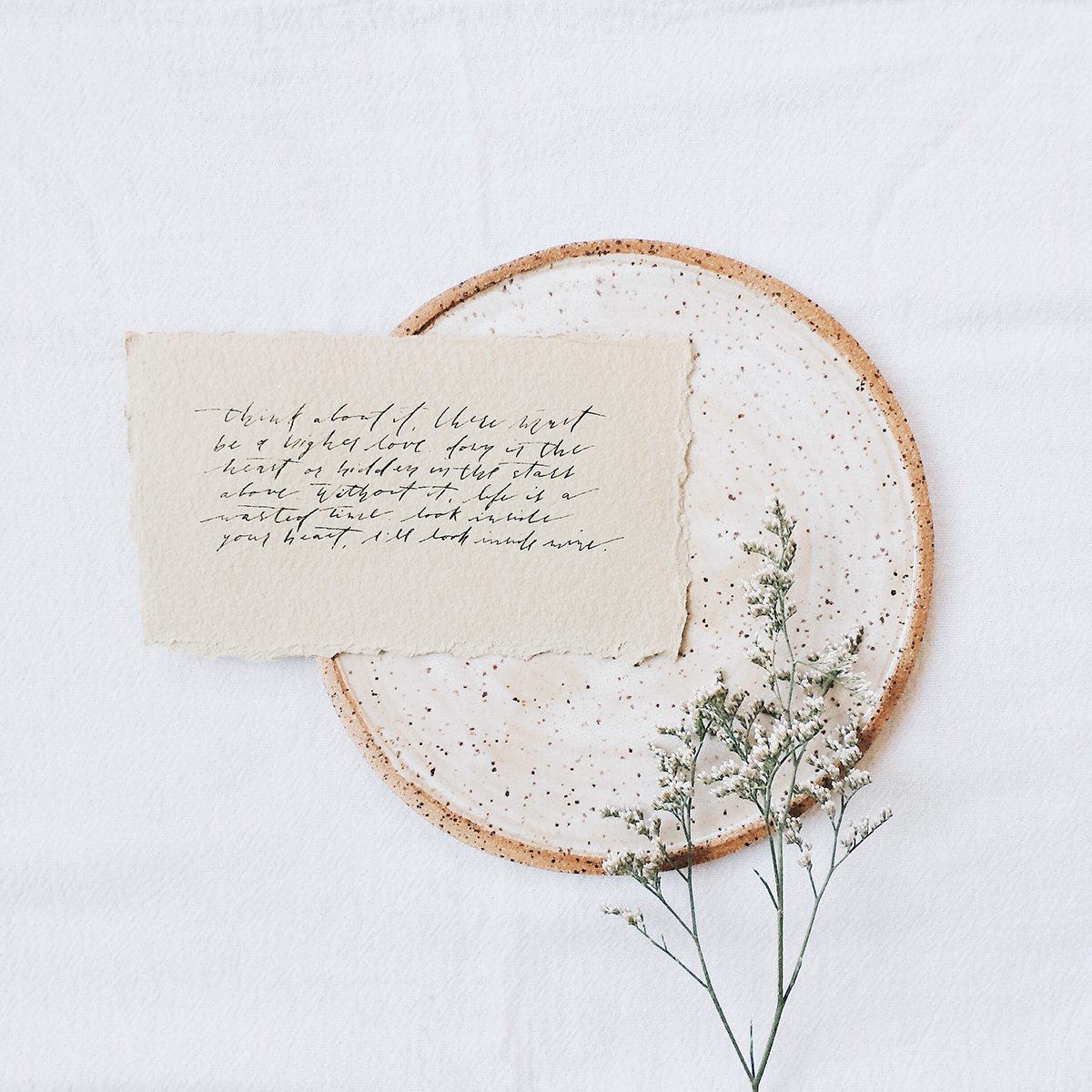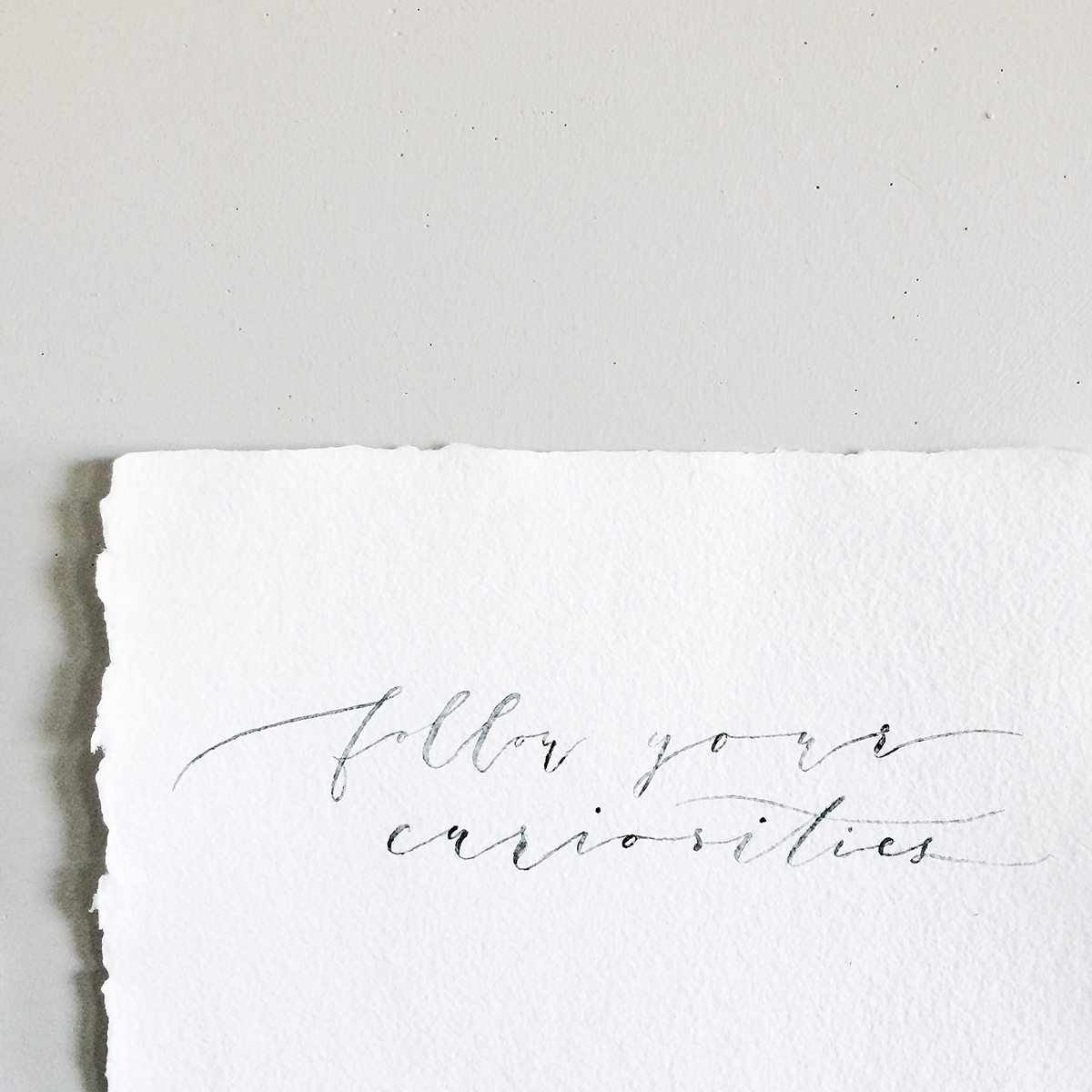In a culture where depth and vulnerability are celebrated and embraced, we are all storytellers — stewarding our living and shaping it into something we can offer those around us. Whether you keep a journal to process your emotions or write for a broad audience, it’s because you have a story to tell: there’s something inside of you that wants to be let out, a valuable lesson you feel compelled to release into the world.
Ultimately, the act of storytelling is like an exchange. Writers write because they have something to say; readers read because they have something to learn. That’s why literature is so powerful to shape us: it’s a vulnerable act of connection, a profound mingling of two minds and two hearts.

So, how do we honor the stories we’ve lived and are living? How do we bridge the gap between the message and those who will receive it? It all goes back to craft. Think about a piece of writing that’s impacted you — something that’s played a part in tending your internal landscape. It’s likely you felt connected to that piece of writing not just because of what it said, but how the story was told.
If we want to write powerful stories that release the truths we treasure into someone else’s life, then we can’t get around it: craft matters. We, as writers, have a responsibility to not just let our message out, but to carefully form it into something beautiful and nourishing. To steward our stories well means paying the how just as much attention as the what.
Are you ready to add life and light to the stories you tell? Here are four practical ways to sharpen your prose:
1. Show instead of tell.
Author Anton Chekhov once wrote, “Don’t tell me the moon is shining; show me the glint of light on broken glass.” If you want to pen prose that illuminates reality in a new way, don’t just say what you mean outright — let your audience uncover the story on their own by creating an experience. Start by engaging your readers’ senses, using vivid imagery and description to draw them into the story like they’re living it. For example, “My eyes welled up with warm, salty tears” is a much more powerful image than simply stating “I cried.”

2. Employ strong verbs.
Verbs are like electricity; because they energize our stories, they need to be strong. A “just right” verb lends a powerful sense of precision to writing, allowing readers to tune in to the story on a different level.
For instance, saying “I ate a sandwich” feels flat and lifeless. Variations of the verb “eat,” such as “scarf,” “nibble,” or “chomp,” offer a completely different picture and could actually change your story considerably. To ramp up your story’s power, try this exercise: take your first draft and circle all the action words you can find; then, use a thesaurus to switch out any verbs that could use a boost. You may be shocked at how differently your writing reads!
3. Use a thesis statement.
Remember thesis statements from high school papers? Creative writing, though not academic in nature, needs them too. Think of a thesis as the heartbeat of your story, the thread that weaves it all together. Since writing is an act of discovery as much as a discipline, it’s easy as to get tangential and move away from what you are actually trying to say. So before you start, decide exactly what you want your piece to say, and write or type it at the top of the page as an anchor. From that place, you can intentionally use every word, sentence, and paragraph to clearly point back to and strengthen your message.
Since writing is an act of discovery as much as a discipline, it’s easy as to get tangential and move away from what you are actually trying to say.

4. Read.
If you want to write well, read — particularly in genres outside of your own. Even if you focus on creative nonfiction, then works of poetry, novels, or even journalism can add new flavor to your writing. Whether you are aware of it or not, no matter what you read, ingesting the work of other writers plays a huge role in shaping your own voice. Make a practice of journaling or write in the margins as you read, noting any “I wish I would have thought of that” moments. Think of it like an inspiration board, and scribble down examples of any language that inspires you. Then, the next time you write, try to imitate the voice of the authors you’ve enjoyed reading.
Though there’s always space to grow in the technical nature of craft, remember that writing is an art, not a science — there’s no perfect way to capture truth, and no guaranteed, tried-and-true method of connecting with your audience. So instead of striving for perfect, aim for true, honoring the story you’ve lived and are living the best you can with whatever words you have.
What kind of writing best captures your attention?
Featured Image by Alexander Nikishin and Nathan Presley for Darling Issue No. 6












4 comments
Great read. Thanks so much for sharing this.
Great post. F. Scott Fitzgerald, beautiful prose and many others. Kingsley Amis funny and great prose. I read White Teeth by Zadie Smith and was laughing the whole book. Just love writers who know how to use language in a way that shocks me with joy.
I can’t tell you how much I love this post: its topic, its points, its love of storytelling. Writing & reading are my passions. Great posts!
This is a beautiful article Ashley!